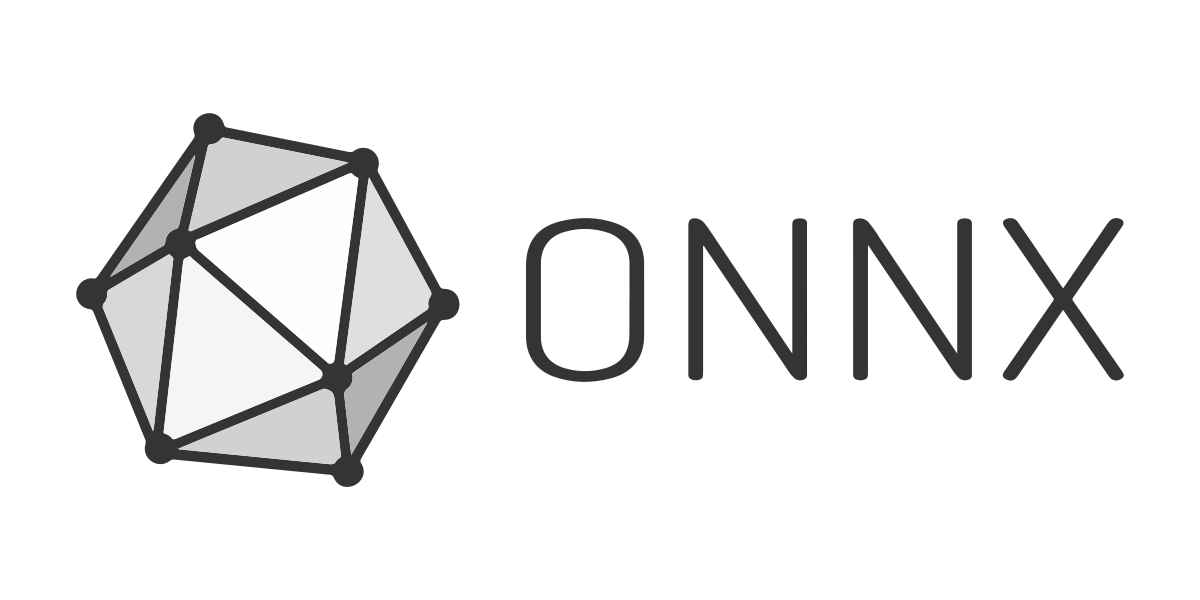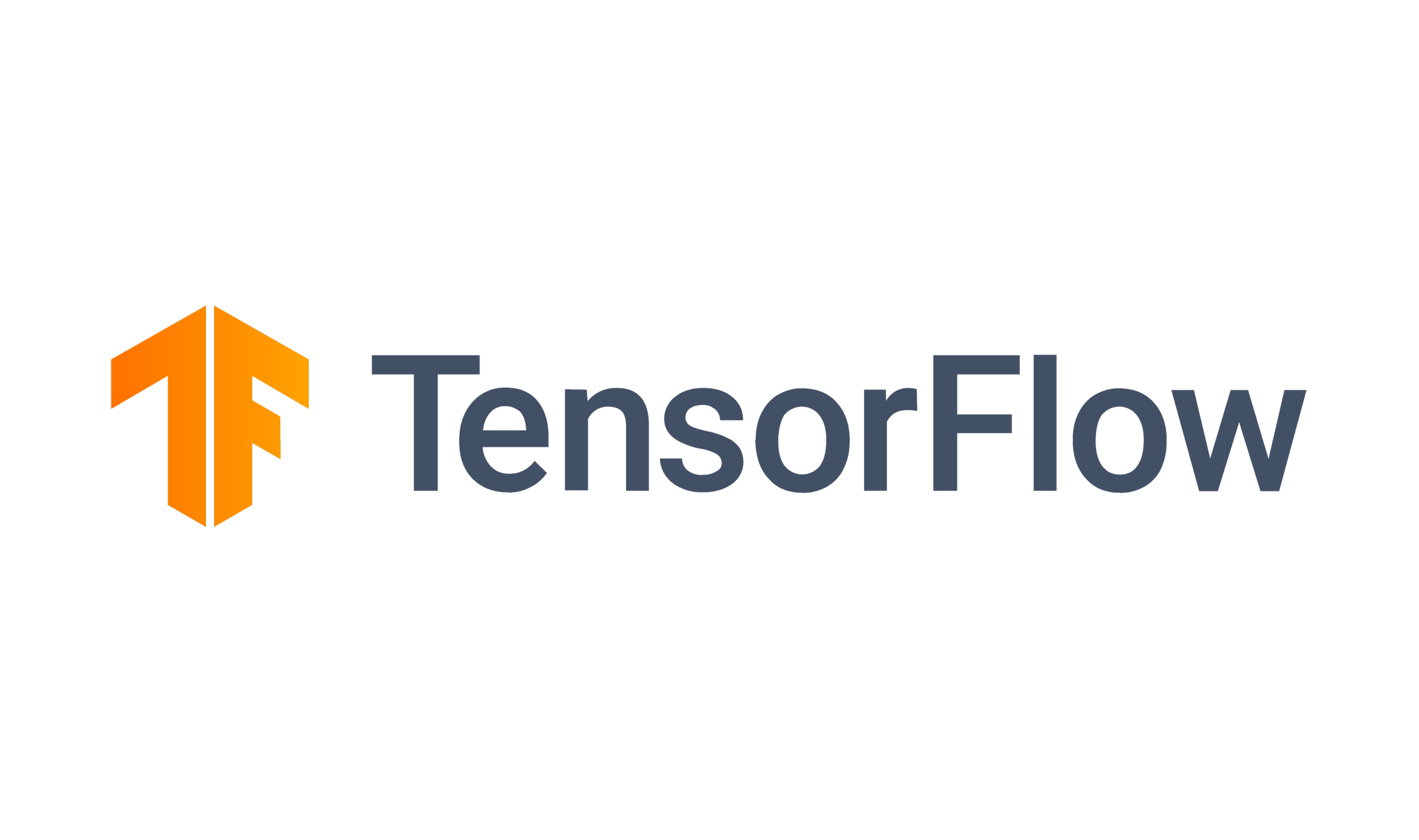As experts in machine learning within real-time contexts, our research department is committed to advancing the field through rigorous testing, crafting, and implementing cutting-edge machine learning techniques. Our in-house development team has created a specialized framework designed for real-time hardware accelerated or GPU-based inference and training. This framework not only boosts efficiency but also enhances the performance of machine learning applications in real-world scenarios.
For more information or to see how our innovative solutions can benefit your projects, we invite you to visit our contact form. Here, you can reach out to us with your inquiries, and our team of experts will be more than happy to assist you with your machine learning needs.
In house framework
Mixed precision Deep Learning framework that supports both inference and training. We have integrated the framework into our RenderGraph. With it's support for ONNX models it's ideal for protyping both directly in "engine" or through PyTorch, Tensorflow or similar frameworks. and implementing graphics related Deep Learning techniques such as the ones highlighted below.
NeRF Rendering
We are combining Instant-NGP (Neural Graphics Primitives) with Neural Radiance Fields (NeRF). This approach uses deep learning to render complex scenes in real-time, producing highly detailed and realistic images.
NeuBTF
Recent advancements in machine learning have led to the use of neural networks in computer graphics, notably in improving the bidirectional texture function (BTF) for surface material representation. Our study introduces enhancements to NeuMIP-based BTFs, focusing on quality, efficiency, and memory usage, with promising results demonstrated within the Mitsuba 2 framework as well as within our own real-time Breda framework.
Path space denoising
In modern rendering, denoising is increasingly handled by machine learning rather than traditional filters. A neural network predicts a pixel-specific filtering kernel, utilizing additional per-pixel features like world normals, camera distance, and material properties. For real-time rendering efficiency, an encoded kernel version is initially predicted and later expanded to its full form, ensuring both performance and enhanced image quality
Open Image Denoiser
We have integrated Intel's Open Image Denoiser into our system for comprehensive evaluation. This includes testing its functionality within our framework, comparing its output against established ground truths for accuracy assessment, and analyzing its performance metrics in various scenarios.
Neural texture compression
As modern streaming demands high-quality visual content at low bandwidths, efficient texture compression methods are becoming increasingly essential. Our approach for compressing Physically-Based Rendering (PBR) textures into Machine Learning models ensures high-quality texture reconstruction while reducing storage and streaming requirements.



